“Then” singing seeks UNESCO recognition as cultural heritage
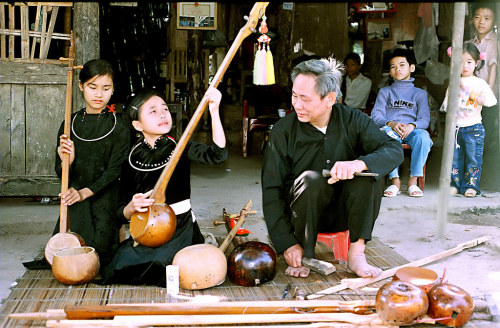 |
| Then singing - Illustration photo |
The dossier will follow model ICH-O2 for intangible cultural heritage of humanity in accordance with the 2003 UNESCO’s Convention for the Safeguarding of intangible cultural heritage.
The Viet Nam National Academy of Music is responsible for scientific content. Other composers include the communities of the Tay, Nung, Thai ethnic minorities, the People’s Committees and Departments of Culture, Sports and Tourism of Tuyen Quang, Bac Kan, Bac Giang, Cao Bang, Dien Bien, Ha Giang, Lai Chau, Lang Son, Lao Cai, Quang Ninh, Thai Nguyen, Yen Bai, the Agency for Cultural Heritage, and the Vietnamese Folklore Arts Association (VFAA).
The dossier is composed between May 4, 2015 and February 28, 2016.
Then singing, which was added to an official list of the nation’s intangible cultural heritage in 2012, is a distinctive musical genre and a special combination of the spiritual and cultural life of the Tay, Nung and Thai ethnic groups in Viet Nam.
Viet Nam is currently home to seven examples of world intangible heritage listed by UNESCO: Hue's royal court music; Gong space culture in the Central Highlands; Quan ho (love duet) singing; the Giong festival; Ca Tru ceremonial singing; Xoan singing; and the Worship of the Hung Kings.
What the stars mean:
★ Poor ★ ★ Promising ★★★ Good ★★★★ Very good ★★★★★ Exceptional
Latest News
More News
- Traditional Vietnamese crafts go digital to boost global reach (July 17, 2024 | 18:11)
- Standard Chartered Hanoi Heritage Race holds meet & greet (June 29, 2024 | 09:00)
- IFF Holdings, Marriott International open luxury hotel, residences (June 24, 2024 | 15:54)
- New Zealand Trade and Enterprise partners with major retailers to bring premium products to Vietnam (May 24, 2024 | 11:43)
- Vietnam’s tourism brand in need of methodical marketing strategies (May 17, 2024 | 07:52)
- Muong Thanh Group sets record for largest simultaneous Thai Xoe dance performances (May 08, 2024 | 11:42)
- Trang An marks 10th anniversary as UNESCO World Heritage Site (April 30, 2024 | 09:00)
- Visiting Trang An Heritage Region 2024 to join Trang An Festival (April 29, 2024 | 08:57)
- Le Méridien Saigon launches new series of Chefs' Table (April 15, 2024 | 15:35)
- Promoting Vietnam's tourism in Hollywood (April 13, 2024 | 08:00)




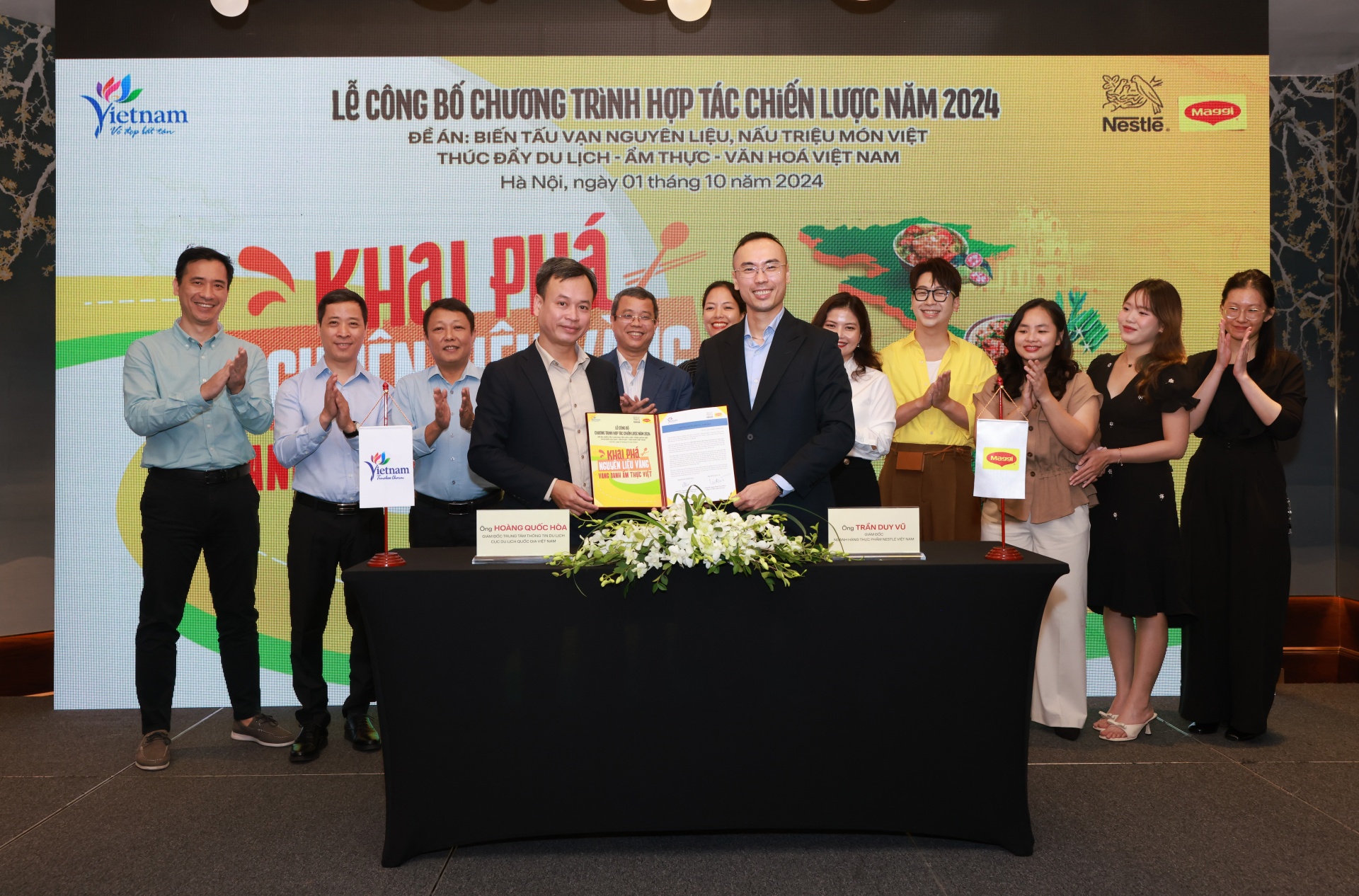

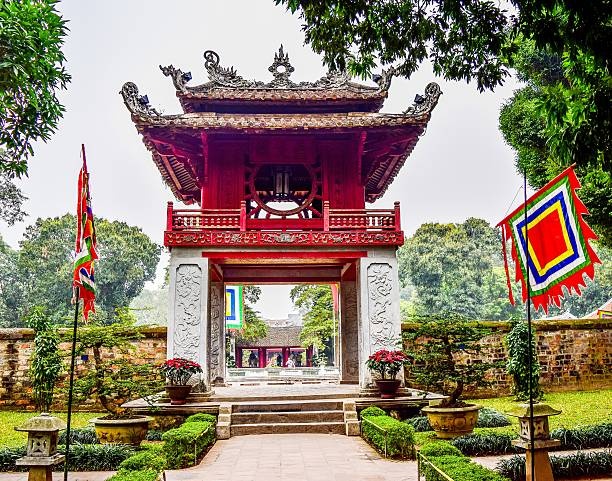

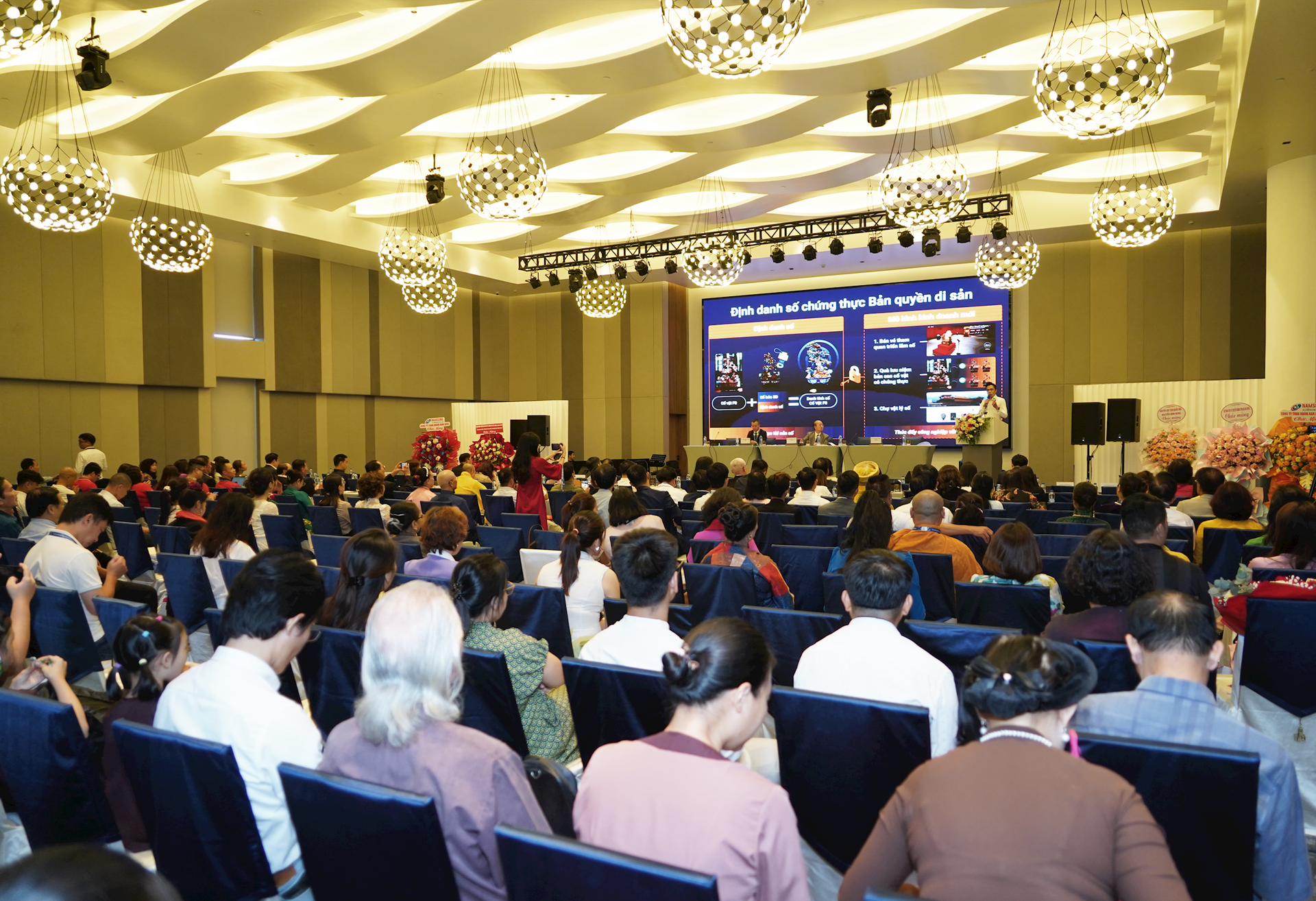




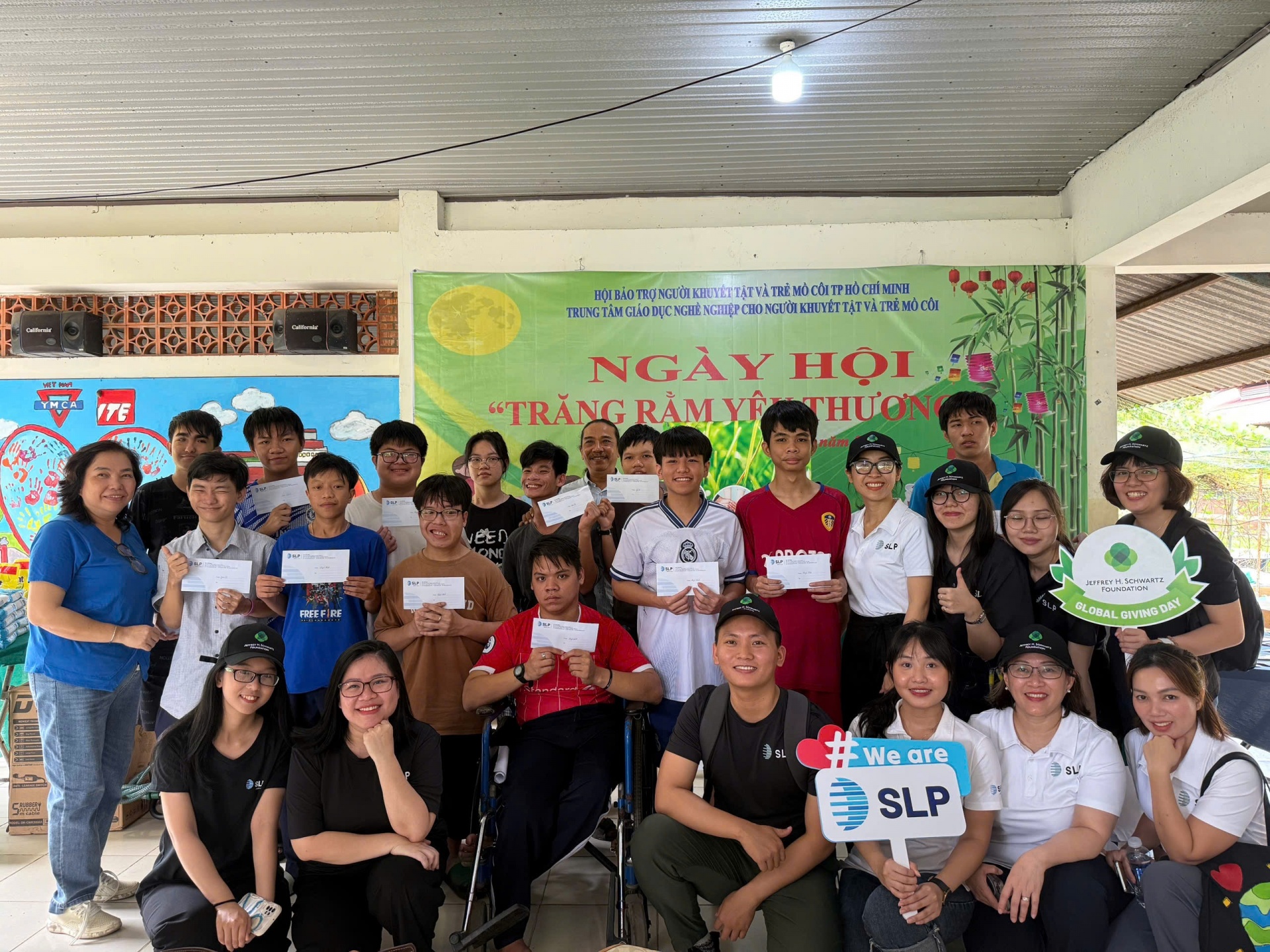
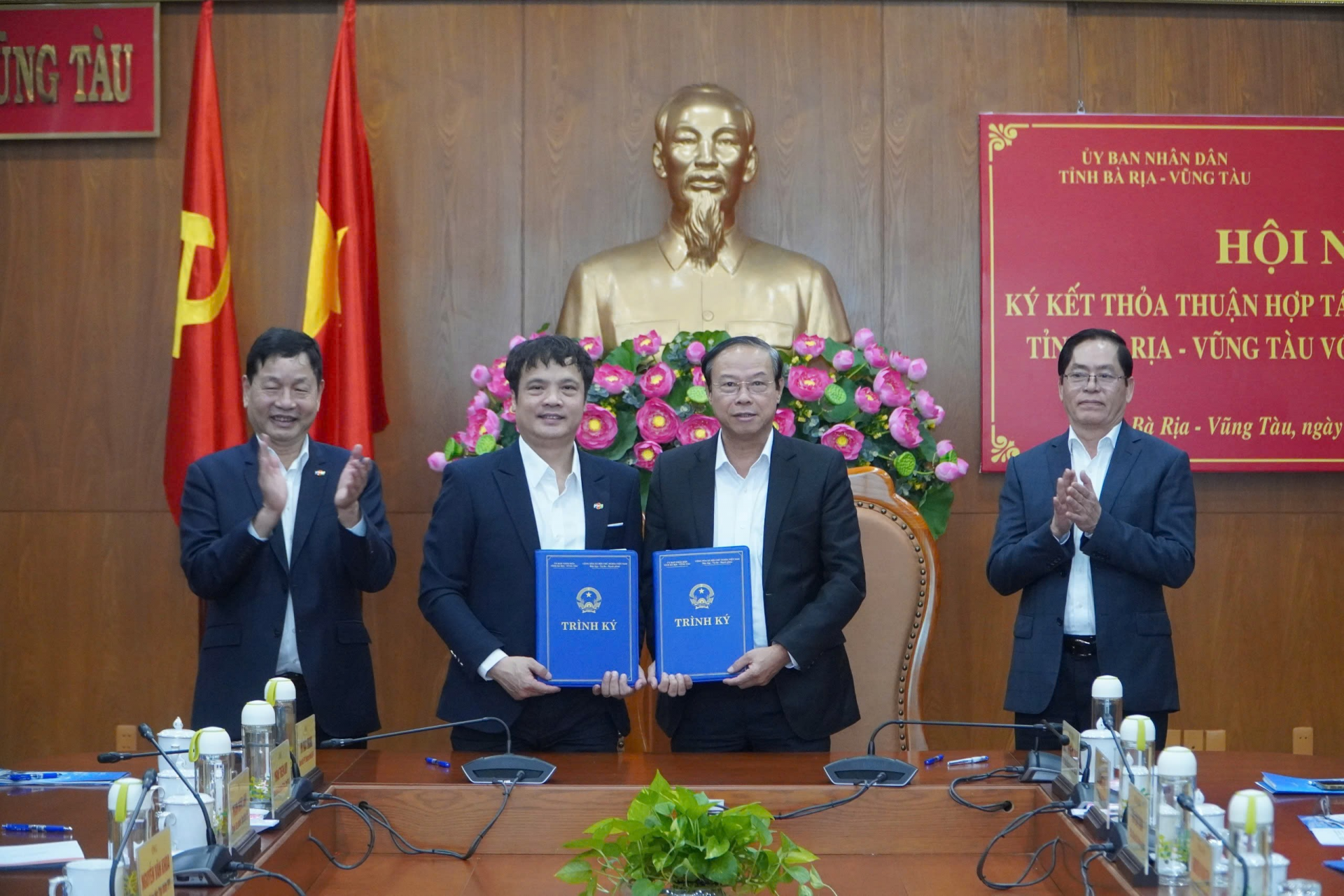



 Mobile Version
Mobile Version